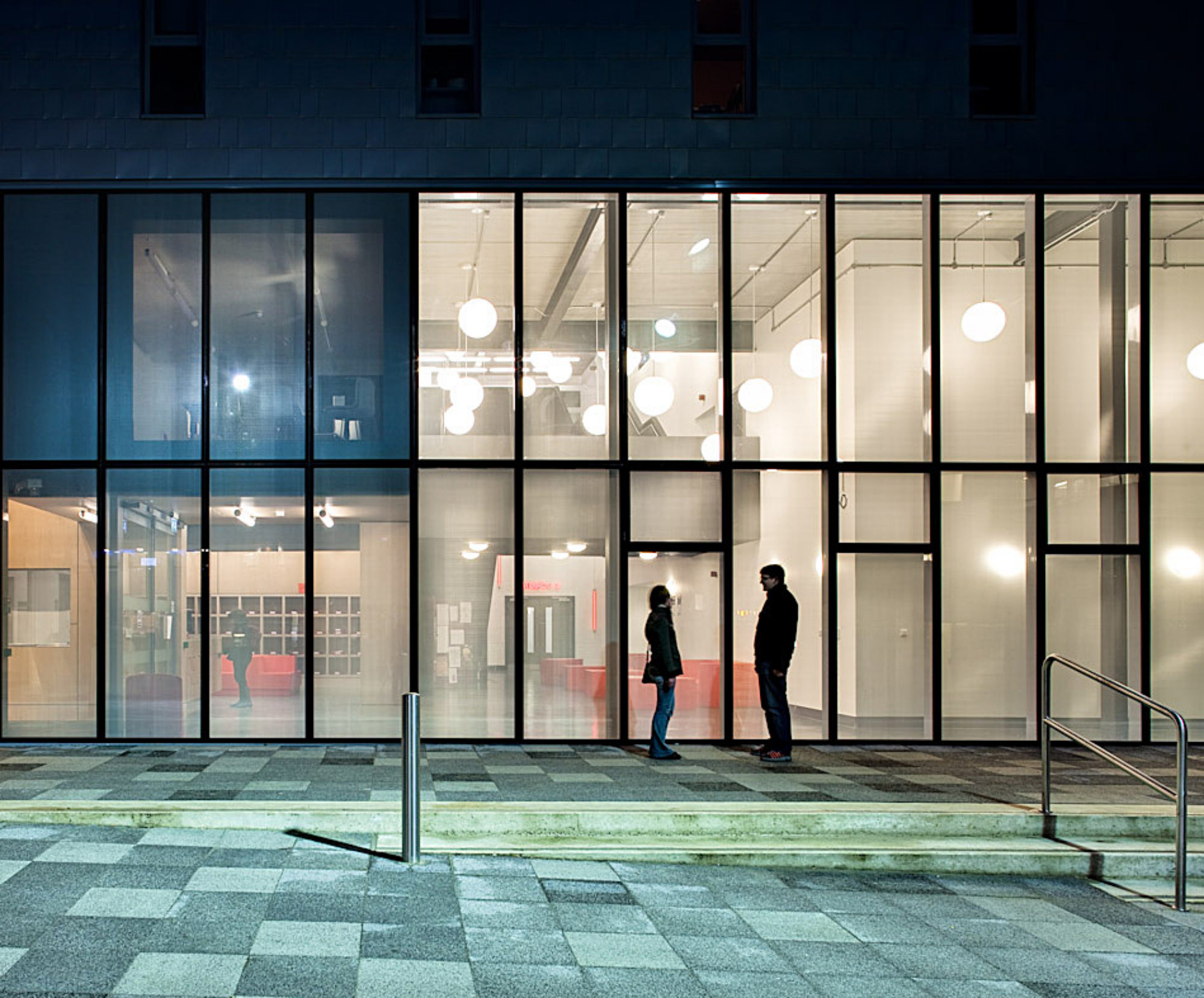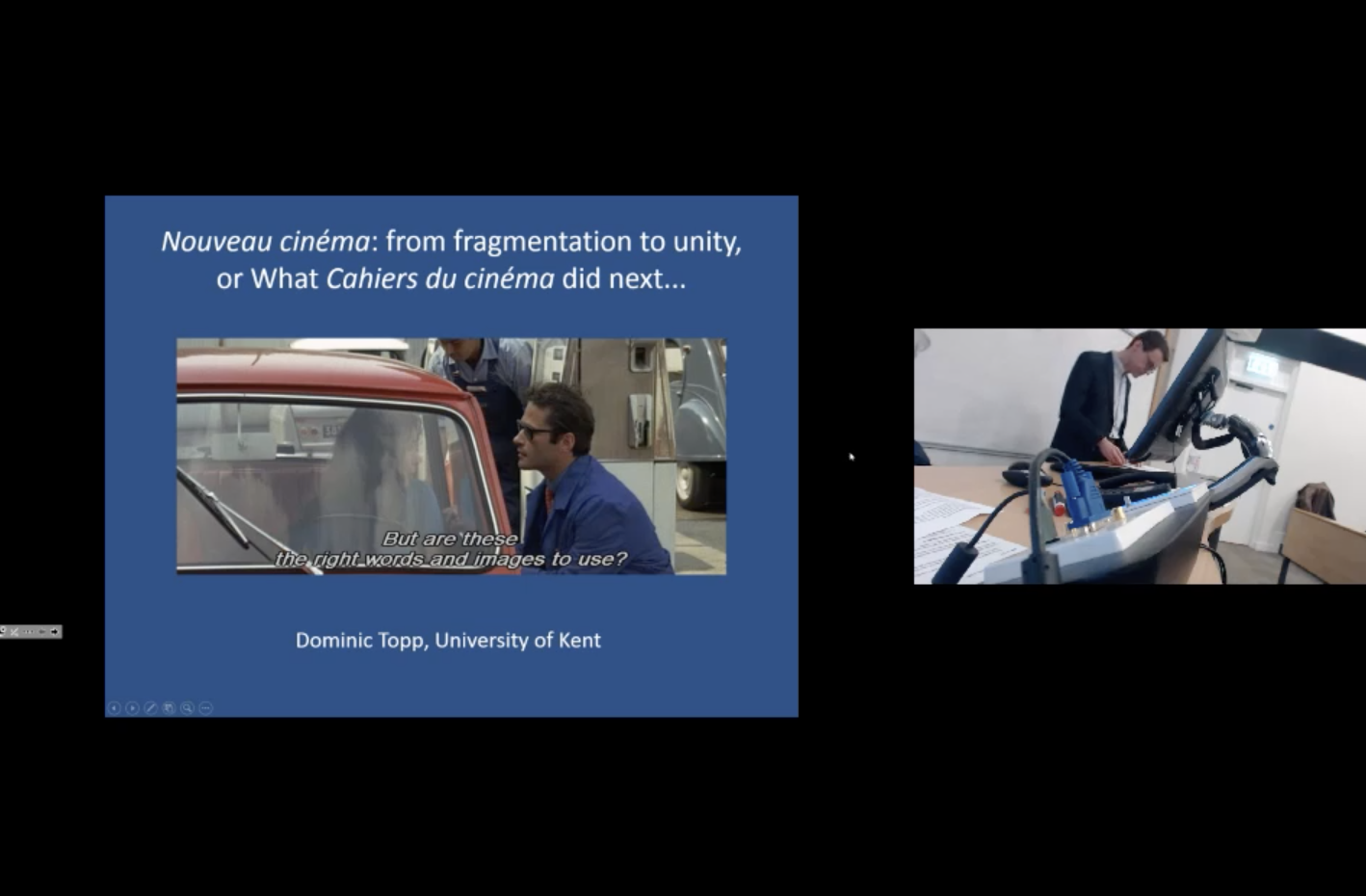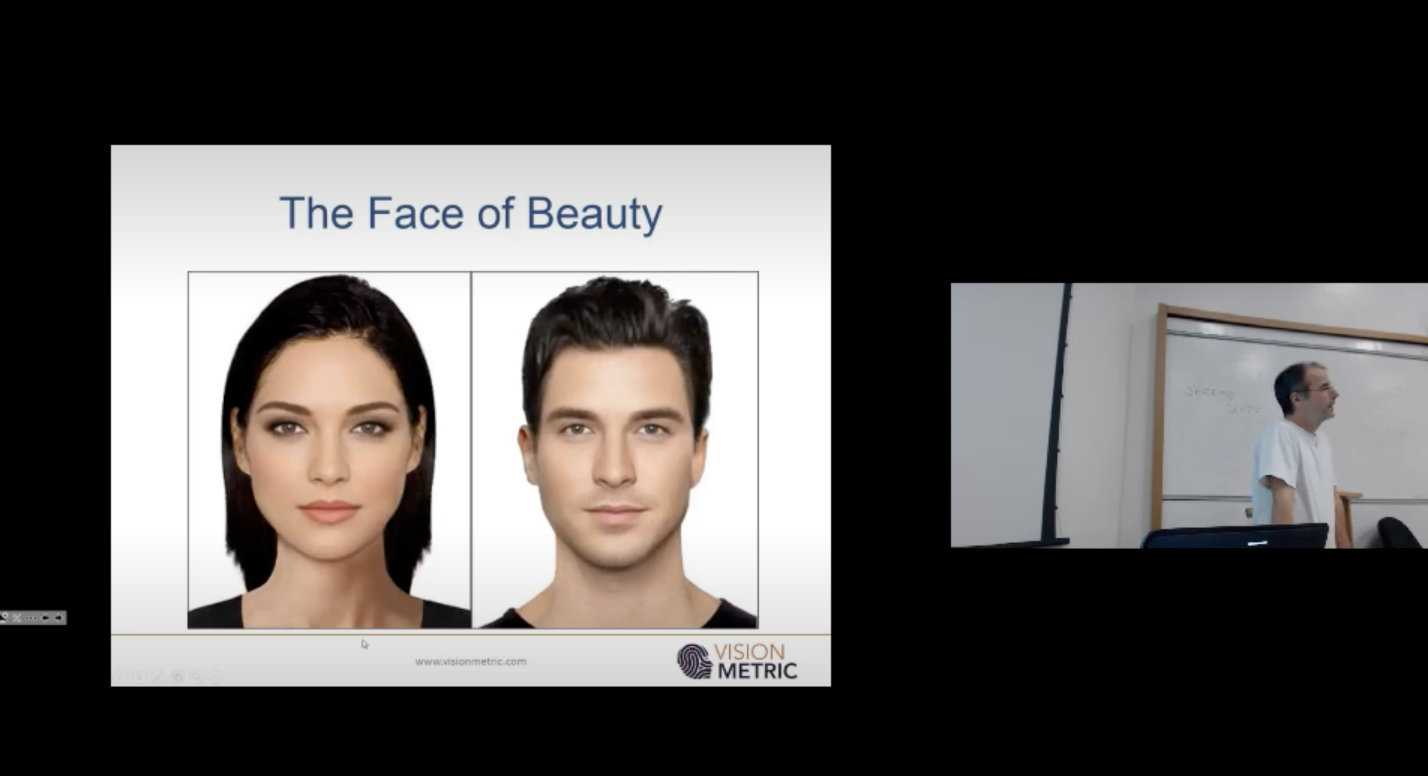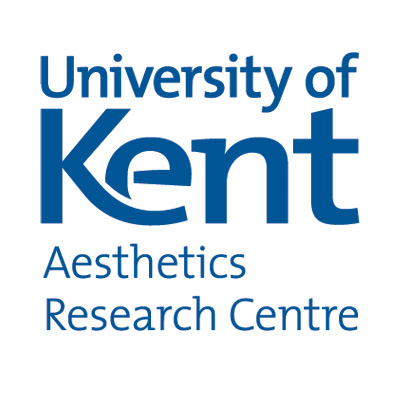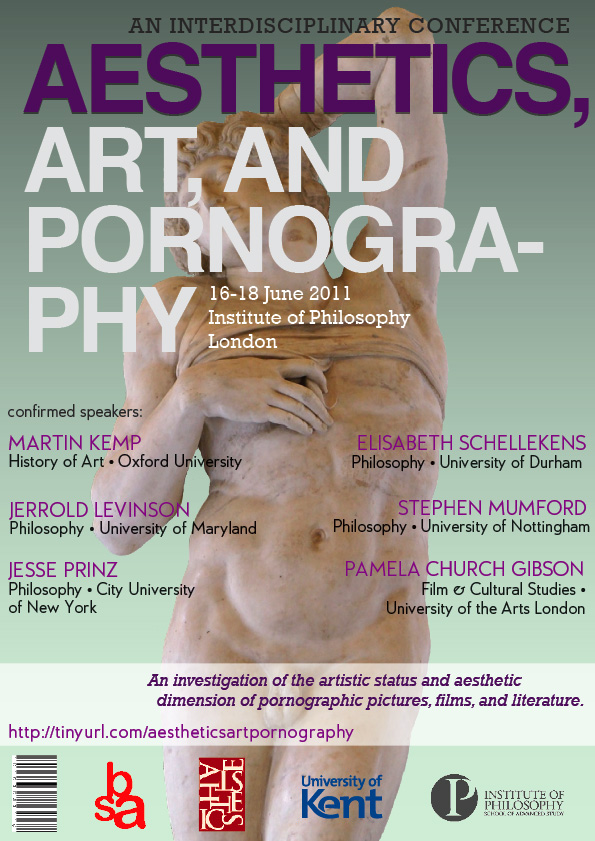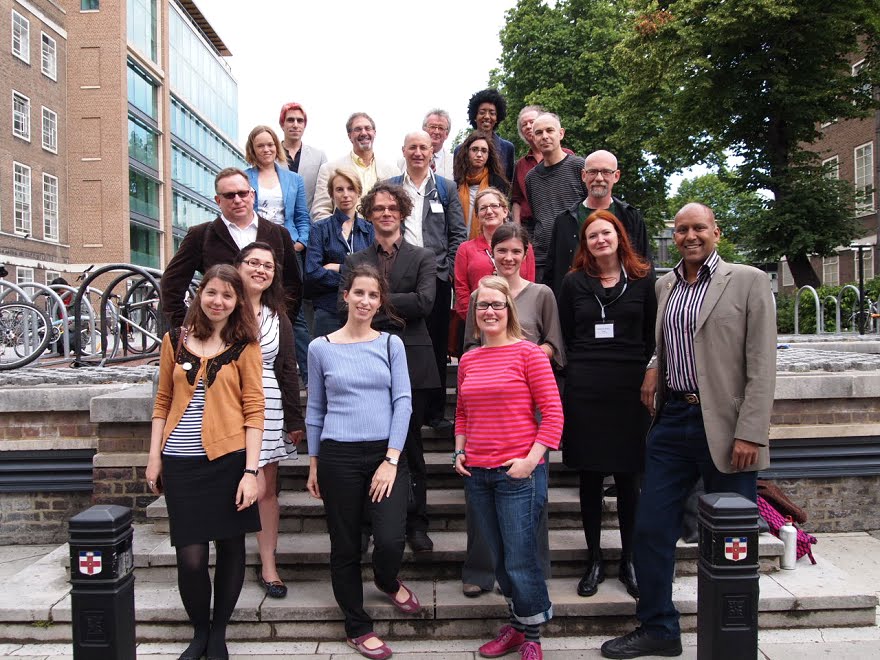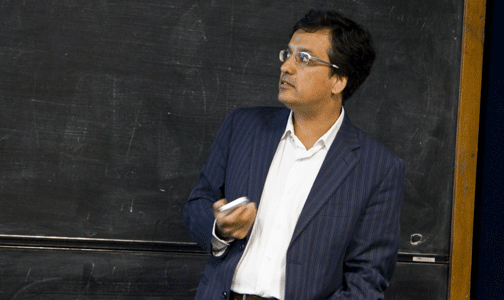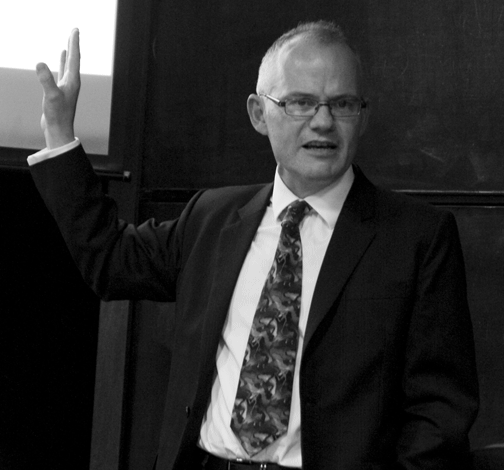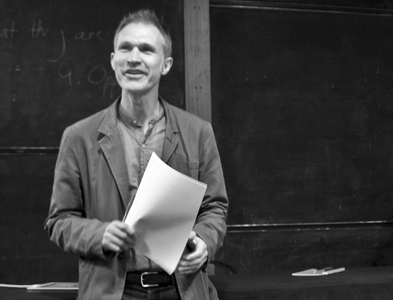Ideas for a Phenomenology of the Collective Cinema Experience
Isn’t watching a film with others in a cinema crucially different from watching a film alone? When we laugh together, this amplifies the enjoyment. When we watch a film in communal rapt attention, this can intensify the experience. When annoyed by talking neighbors, we are distracted. Attending a film in a cinema implies being influenced by others – an influence that is particularly noticeable once affective responses play a role. Film scholars have almost always taken the relation between individual viewers and films as default. However, this is an artificial abstraction click here to investigate. Without considering the effects of collective viewing our understanding of the cinema experience remains incomplete. This talk tries to sketch some ideas toward a phenomenology of the collective cinema experience.
Professor Julian Hanich is Assistant Professor of Film Studies at the University of Groningen. From 2009 to 2012 he held a position as postdoctoral research fellow at the interdisciplinary research center “Languages of Emotion” at the Freie Universität Berlin. He studied North American Studies and Film Studies in Berlin, Berkeley and Munich and was a visiting researcher at UCLA and the University of Amsterdam. In 2010 he published a monograph on the phenomenology of fear at the movies, entitled Cinematic Emotion in Horror Films and Thrillers. The Aesthetic Paradox of Pleasurable Fear (Routledge). He also co-edited a volume of the German online journal Nach dem Film on Laughter in the Movie Theater and a book on filmic suggestion and the viewer’s imagination entitled Auslassen, Andeuten, Auffüllen. Der Film und die Imagination des Zuschauers (Fink). His articles have appeared in Screen, Projections, Necsus, Cinema Journal (forthcoming), Film-Philosophy,Movie, Jump Cut, The New Review of Film and Television Studies, Psychology of Aesthetics, Creativity and the Arts,Montage/AV, Zeitschrift für Ästhetik und allgemeine Kunstwissenschaft and Amerikastudien/American Studies.
